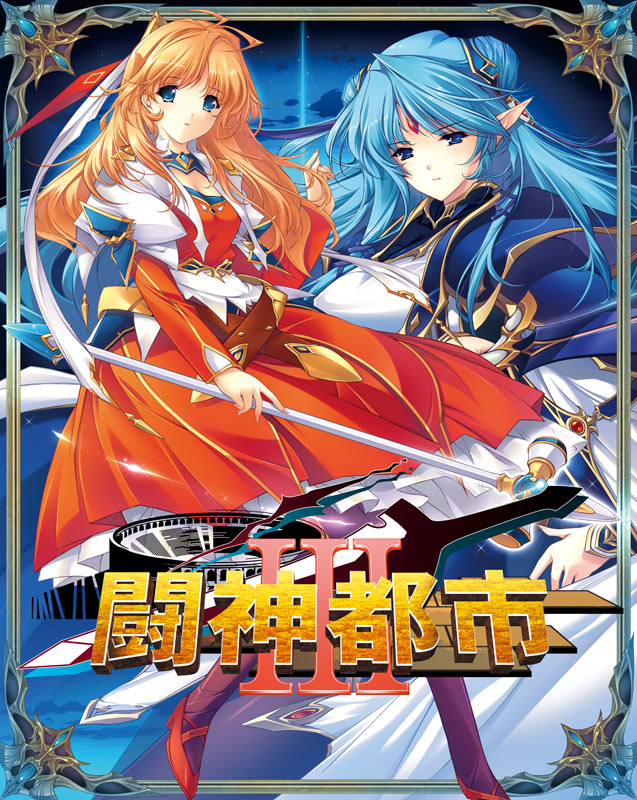

As a result, he committed seppuku with Okita Sōji as his Kaishakunin on March 20 ( lunar calendar February 23), 1865 and Hijikata took over as Vice-Commander. Some time after the Zenzaiya incident, Yamanami Keisuke tried to leave Shinsengumi, despite the regulation against deserters.

During the Ikedaya incident in the evening on July 8, 1864, Hijikata led a second group of 23 Shinsengumi members after Kondō's to help arresting a group of shishi at the Ikedaya Inn. Kondō became the sole leader of Shinsengumi, with Yamanami Keisuke as his Vice-Commander. Later on October 30 (or October 28) at night, Hijikata and the selected Shinsengumi members went into the house of Yagi Gennojō and assassinated Serizawa, his mistress Oume, and one of his followers Hirayama Goro, with Hirama Jūsuke been the only survivor who fled that night. Hijikata found enough proof against Niimi in these matters and ordered him to commit seppuku on October 19. However, Serizawa and Niimi began fighting, drinking, and extorting money from merchants in Kyoto, which started to tarnish the reputation of Shinsengumi and earned the group the derogatory nickname of "Wolves of Mibu" ( 壬生狼, Miburō). Shinsengumi served as a special police force in Kyoto that fought against the Reformists under Matsudaira Katamori, the Daimyō of Aizu. Later, when Mibu Rōshigumi was renamed as the Shinsengumi, Kondō and two other men, Serizawa Kamo and Niimi Nishiki, became joint leaders of the group, and Hijikata served as one of the deputy leaders. In 1863, Hijikata and Kondō Isami joined the Rōshigumi in Edo, they arrived in Mibu, Kyoto and remained there as the Mibu Rōshigumi while the rest returned to Edo. Please help improve this article by introducing citations to additional sources. Relevant discussion may be found on the talk page. This article relies largely or entirely on a single source. Since he had already planned to join the Rōshigumi with Kondō Isami, Hijikata told them that after he got a promotion, he would carry out his marriage. Although Hijikata himself never fully mastered the Tennen Rishin-ryū, it is said that he managed to develop the "Shinsengumi-Kenjutsu" fighting style from the Tennen Rishin-ryū.Īn arrangement was made by his eldest brother Tamejiro for him to marry Okoto, the daughter of the shamisen shop owners. His brother-in-law, Satō Hikogorō, who was married to his older sister Nobu, managed a Tennen Rishin-ryū dojo in Hino through Satō, Hijikata later met Kondō Isami and was formally enrolled at the Tennen Rishin-ryū's Shieikan in 1859. Hijikata spent his youth selling his family's Ishida san'yaku (medicine for treating injuries such as bruises and broken bones) while practicing his self-taught kenjutsu. When Hijikata attended the man's funeral, he apparently cried in public. This changed when a 21-year-old swordsman from the Aizu clan known for opposing the Reformists was forced to commit seppuku. He was said to be spoiled at an early age and was alleged to be mean to all but his friends and family. He was apparently tall compared to the average Japanese men of the period, and it is said that he was very handsome. His eldest sister Shuu died when he was about three years old and his mother Etsu also died when he was six years old, and he was therefore raised by his second older brother Kiroku and sister-in-law. His third older brother Daisaku (later Kasuya Ryojin), was adopted to another family and would later become a physician. His eldest brother Tamejiro, was born blind and as a result, could not inherit the family property. He was the youngest of ten children and his father Hijikata Yoshiatsu (Hayato), a well-to-do farmer, died a few months before his birth. Hijikata Toshizō Yoshitoyo ( 土方 歳三 義豊) was born on May 31, 1835, in the Ishida village, Tama region of Musashi Province (present day Ishida, Hino, Tokyo), Japan.


 0 kommentar(er)
0 kommentar(er)
